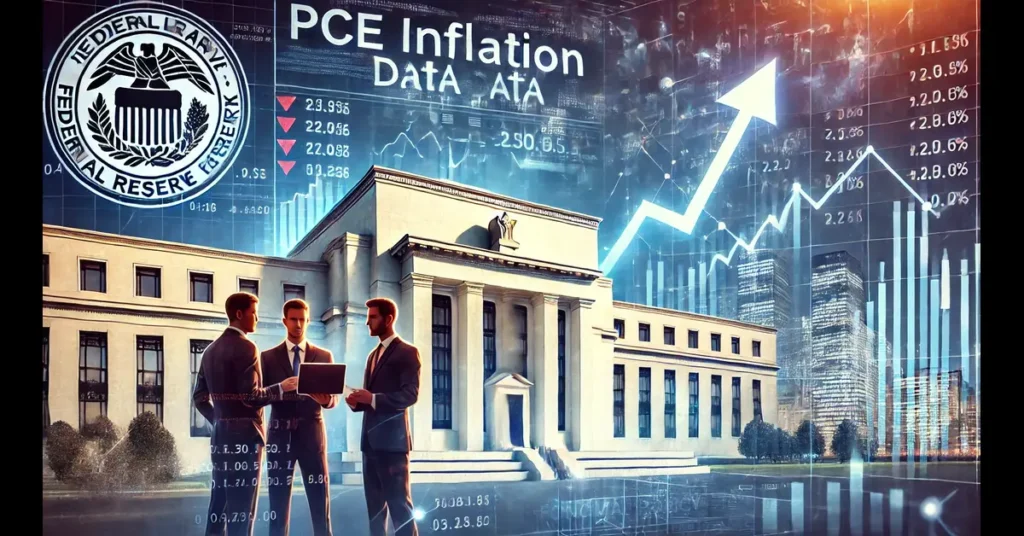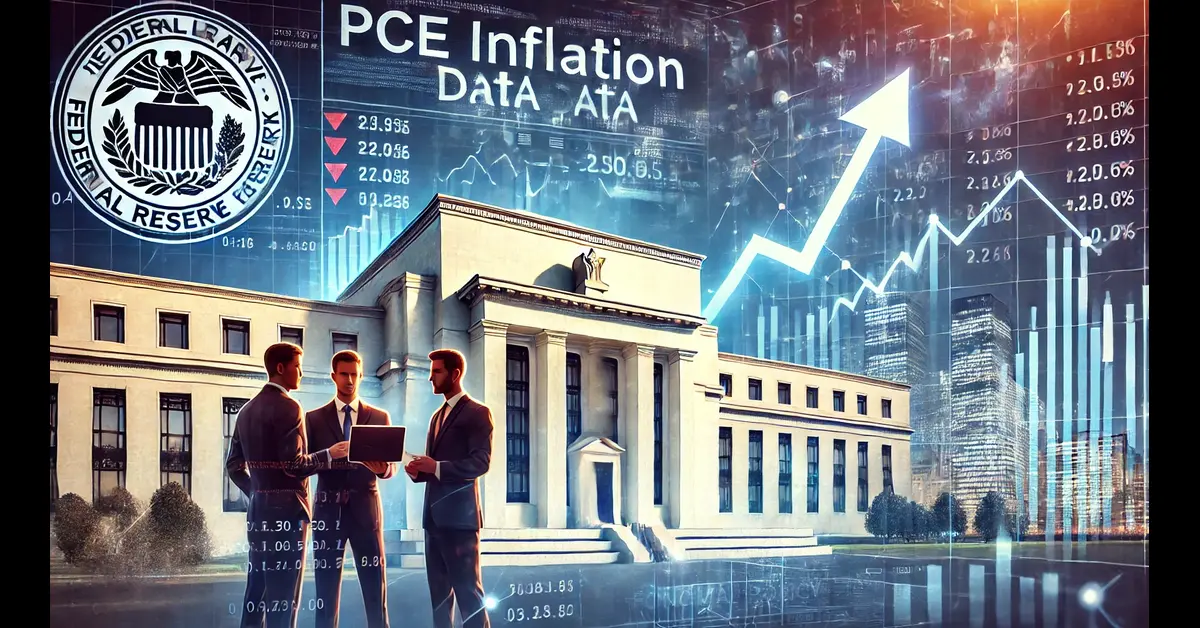The Personal Consumption Expenditures (PCE) Price Index is a key measure of inflation in the United States. It is closely monitored by policymakers, economists, and investors because it reflects changes in the prices of goods and services consumed by households. The PCE inflation data plays a crucial role in shaping monetary policy, particularly the Federal Reserve’s decisions on interest rates.
What is PCE Inflation?
The PCE Price Index measures the average price increase in goods and services purchased by consumers. Unlike the Consumer Price Index (CPI), which focuses on out-of-pocket expenses, the PCE accounts for shifts in consumer behavior and changes in spending patterns, making it a more comprehensive measure of inflation.
Types of PCE Inflation:
- Headline PCE Inflation – Includes all goods and services, including volatile food and energy prices.
- Core PCE Inflation – Excludes food and energy, providing a clearer picture of underlying inflation trends.
Why Does PCE Inflation Matter?
1. Federal Reserve Policy Decisions
The Federal Reserve considers core PCE inflation its preferred measure of price stability. If inflation rises above the Fed’s 2% target, interest rates may be increased to cool down the economy. Conversely, lower inflation could lead to interest rate cuts to stimulate growth.
2. Impact on Consumers
Higher inflation erodes purchasing power, making everyday goods and services more expensive. When inflation is high, consumers may cut back on discretionary spending, affecting economic growth.
3. Market Reactions
Stock and bond markets react strongly to PCE inflation data. Higher-than-expected inflation can lead to market volatility as investors adjust their expectations for Federal Reserve policy.
Recent Trends in PCE Inflation
In recent years, PCE inflation has fluctuated due to supply chain disruptions, labor market shifts, and global economic conditions. While inflation surged post-pandemic, recent data suggests a gradual moderation, reflecting the impact of Federal Reserve rate hikes and economic adjustments.
How PCE Differs from CPI
| Feature | PCE Price Index | CPI |
|---|---|---|
| Scope | Includes all consumer expenditures | Focuses on urban household spending |
| Weighting Methodology | Dynamic (adjusts with spending) | Fixed basket of goods |
| Volatility | Less volatile due to broader scope | More volatile due to direct consumer costs |

Conclusion
PCE inflation data is a crucial indicator of the economic health of the U.S. It influences Federal Reserve policies, financial markets, and consumer spending behavior. Monitoring PCE trends helps businesses, investors, and policymakers make informed decisions in an evolving economic landscape.
Tags: PCE Inflation, Federal Reserve, Interest Rates, Economic Policy, Consumer Spending, CPI vs PCE, Inflation Data, US Economy, Monetary Policy, Market Trends.



